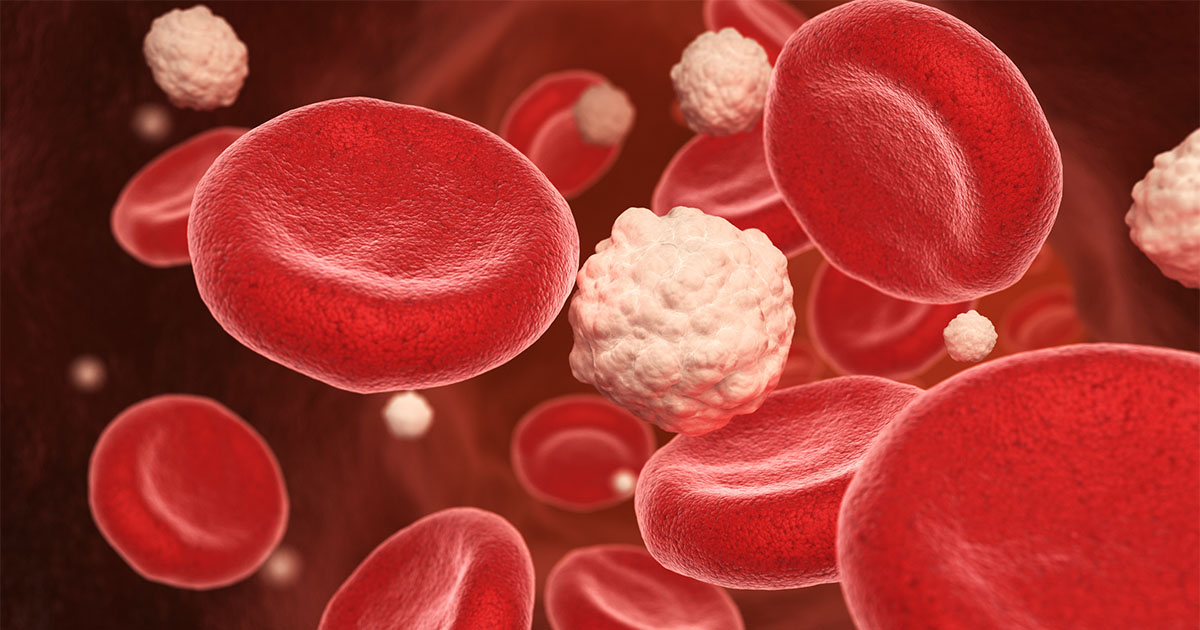Life has been tough for people with diabetes recently. If they gave air miles for getting new comorbidities, there would be planes full of people with diabetes zooming off to all corners of the world. It does not seem long ago that we were labelling half of our diabetes patients with chronic kidney disease (CKD) on the basis of a new test. Now we appear to be diagnosing the other half with another disease – non-alcoholic fatty liver disease (NAFLD) – which they did not know they had, on the basis of yet more tests.
But there is a big difference. Whereas CKD can develop as a result of the vascular damage caused by diabetes, NAFLD may, in many cases, be an underlying causal abnormality of type 2 diabetes, particularly in overweight people. Supporting evidence includes the observation that the amount of insulin required by a particular person correlates with the degree of fat deposition in the liver, known as steatosis (Younossi et al, 2004). Also, liver transplants for the treatment of NAFLD have been shown to reduce insulin resistance and even resolve diabetes (Lim et al, 2007). In addition, we know that metformin reduces insulin resistance mainly by reducing steatosis (Coyle et al, 1999).
I have been monitoring liver function test (LFT) results for years in people with diabetes (and not just those on statins) and noted that many of the overweight people with type 2 diabetes had mildly abnormal results, particularly in terms of bilirubin and alanine transaminase (ALT) levels. Being a sceptical sort of chap, I had always assumed that these people were secret drinkers, but over the last 10 years or so, it has become clear that this might not be the case. Of course, alcohol consumers do return abnormal LFT results, but they would have to consume quite a lot of alcohol before their liver would start to show signs of damage. The key finding in NAFLD is abnormal LFTs for people who do not consume much alcohol. Note that they do not need to have taken the pledge, just to not drink more than the amount specified in Alan Johnson’s alcohol guidance (see http://units.nhs.uk/howMany.htm).
But in my experience, the main similarity among such people is just that they are overweight. Typically, they are around 50 years of age, with diabetic hypertension and a BMI over 35kg/m2 with a waist circumference that can be out of proportion to their BMI. We are much less likely to ignore mildly raised ALT levels these days, and diagnosis of NAFLD is made easier with access to liver ultrasound. But what then? Knowing that they are likely to be very insulin resistant makes metformin and glitazones good early choices and makes sulphonylureas and insulin less attractive. But the biggest benefit to people with NAFLD has been investing heavily in diet and exercise. In one study, an 8kg weight loss resulted in an 80% reduction in the severity of steatosis in the liver (Angelico et al, 2005) and even small amounts of weight loss can reduce ALT levels to normal (Palmer et al, 1990).
The worry is that NAFLD is not a totally benign condition and can progress to cirrhosis and liver cancer. Almost one-fifth of people with diabetes at post mortem have some degree of cirrhosis (Silverman et al, 1990) and as front-line professionals we need to pick out the people to refer for further investigations and the ones to monitor in primary care. Certainly the degree of insulin resistance is one pointer, as is the increase in aspartate transaminase (AST) over ALT. A new test, for serum hyaluronic acid, might prove useful as an early marker of liver fibrosis but, in cases of doubt, it is better to seek advice from someone like Mike Allison, who discusses NAFLD in the following article. Getting back to where we started, a new study has linked NAFLD to a 69% increased risk of developing CKD in people with type 2 diabetes (Targher et al, 2008). Sometimes life is just not fair.





Risk ratios of 1.25 for autism spectrum disorder and 1.30 for ADHD observed in offspring of mothers with diabetes in pregnancy.
18 Jun 2025